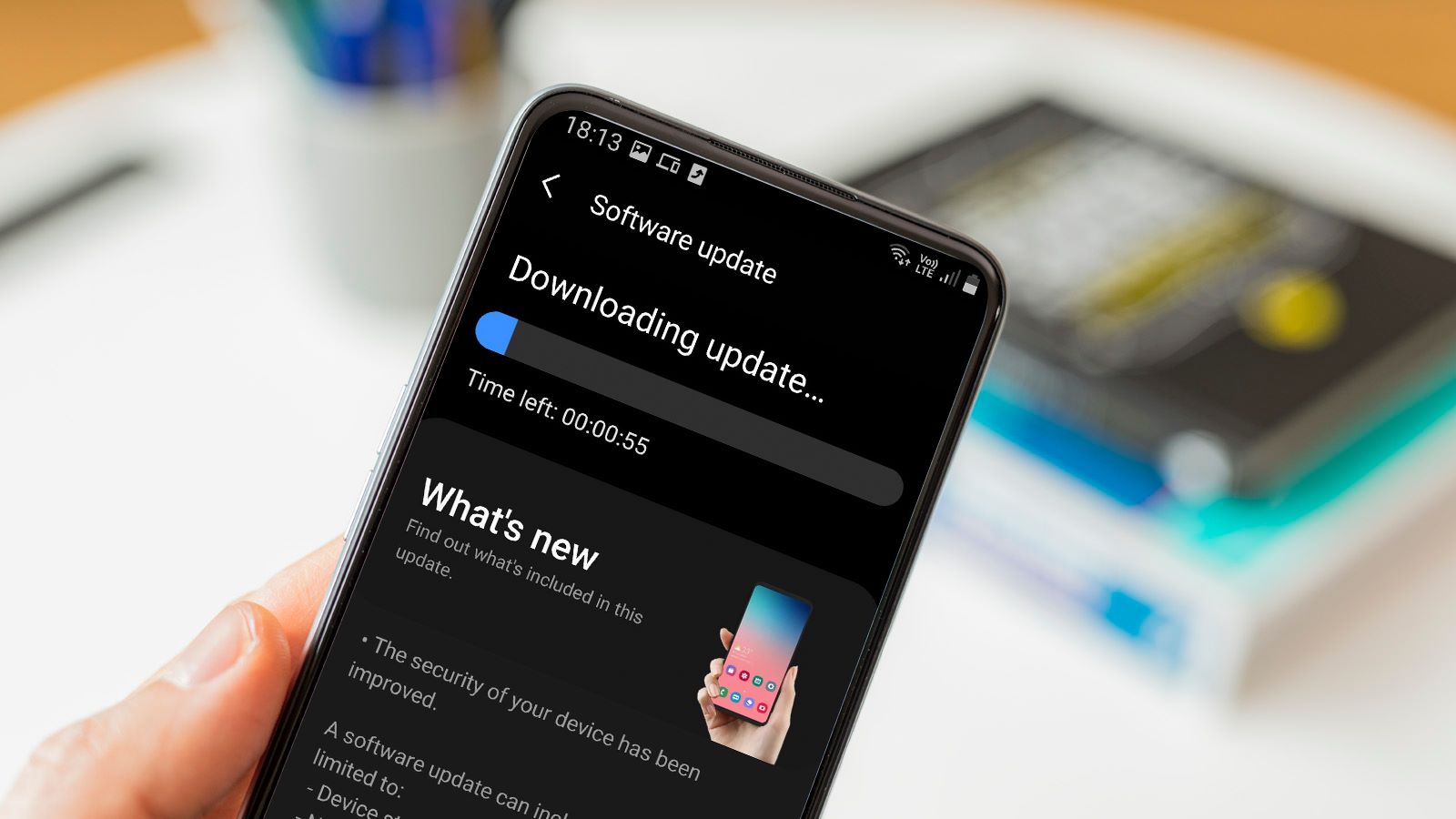
Introduction
Updating your Android device is vital for maintaining performance, security, and functionality. New updates from Google and device manufacturers bring improvements, bug fixes, and new features. This guide walks you through the process of updating your Android device, from preparation to troubleshooting common issues.
Preparing Your Device for an Update
Before starting the update process, ensure your device is ready. Follow these steps:
- Charge Your Device: Ensure the battery is at least 50% charged to avoid interruptions.
- Backup Your Data: Use Google Drive, Google Photos, or other cloud storage to save contacts, photos, and important files.
- Free Up Storage Space: Make sure there is enough storage space for the update.
- Disable Battery Saver Mode: Turn off Battery Saver mode to avoid interference during the update.
- Check for Available Updates: Go to settings and check for updates to see if one is ready to install.
Checking for Available Updates
To check for updates on your Android device:
- Open Settings: Navigate to the settings app.
- System: Tap on "System" or "About phone."
- System Update: Look for "System update" or "Software update."
- Check for Updates: Tap to see if updates are available.
Downloading and Installing an Update
Once an update is confirmed:
- Download the Update: Tap "Download" or "Update" to start the download.
- Wait for Download Completion: This may take several minutes or hours, depending on the update size and internet speed.
- Restart Your Device: After downloading, restart your device to install the update.
- Install the Update: The device will automatically install the update after restarting.
- Wait for Installation Completion: The device may restart multiple times during installation.
Post-Update Steps
After installation, ensure everything works smoothly:
- Check for New Features: Explore new features or improvements added with the update.
- Verify System Information: Go to "About phone" in settings to confirm the latest software version.
- Test Apps and Functions: Run various apps and test functions like Wi-Fi, Bluetooth, and the camera.
- Reboot Your Device: A simple reboot can resolve minor issues.
Troubleshooting Common Issues
Issues can occur during updates. Here are common problems and solutions:
Update Not Available
If an update isn't found:
- Network Issue: Ensure a stable internet connection.
- Software Version: Check device eligibility for the latest update on the manufacturer's website or contact support.
- Device Compatibility: Verify compatibility with the latest software version.
Update Downloading Issues
If the download fails:
- Restart Your Device: A simple reboot can resolve connectivity issues.
- Check Internet Connection: Ensure a stable and strong connection.
- Clear Cache and Data: Clear cache and data for the Play Store app.
Installation Failure
If installation fails:
- Restart Your Device: Often resolves installation issues.
- Check for Conflicting Apps: Uninstall recently installed apps that might conflict with the update.
- Perform a Factory Reset (Last Resort): As a last resort, perform a factory reset, but this will erase all data.
Post-Update Issues
If issues arise after updating:
- Reboot Your Device: A simple reboot can resolve minor issues.
- Check for Software Bugs: Report bugs or glitches to the manufacturer or Google.
- Restore from Backup: Restore your device from a backup if necessary.
Advanced Tips
Keep your device up-to-date and running smoothly with these tips:
Enable Automatic Updates
Ensure your device always has the latest software version:
- Go to Settings > System > System update.
- Enable "Auto-update" or "Auto-download and install."
Use Google Play Services
Google Play Services receive updates independently of the OS version. Ensure these services are up-to-date by going to Settings > Apps > Google Play Services.
Regularly Clear Cache
Clearing cache regularly helps maintain performance and prevents issues related to app data accumulation.
Updating your Android device is straightforward and can significantly enhance performance and security. By following these steps and preparing for potential issues, you can ensure your device stays updated and runs smoothly. Always back up data, check for updates regularly, and troubleshoot common issues promptly. Keep your Android device in top condition, enjoying all the latest features and improvements new updates bring.
